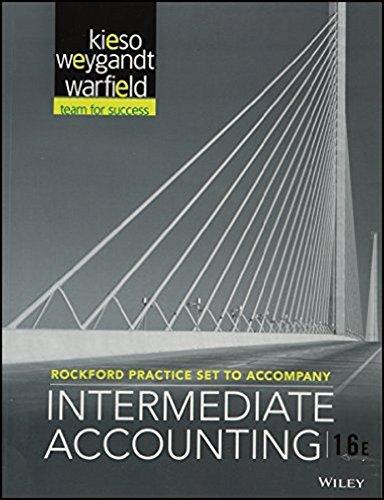Question
Question 1 (Total: 20 marks) When analyzing the total variable overhead cost variance into both spending and efficiency variances, it is often assumed that direct
Question 1(Total: 20 marks)
When analyzing the total variable overhead cost variance into both spending and efficiency variances, it is often assumed that direct labour hours is the sole cost driver.
Required:
1.Explain if direct labour costs could ever be a better cost driver of variable overhead costs than direct labour hours.
2.How is the standard variable overhead rate different from the standard labour rate in variance analysis? Please explain.
Question 2(Total: 14 marks)
CLAW Corporation is a manufacturer of industrial equipment, located in Toronto, Ontario. CLAW has a standard costing system based on direct labour hours (DLHs) as the measure of activity. Data from the company's flexible budget for manufacturing overhead are given below:
Denominator Level of Activity 9,000 DLHs
Overhead Costs at the Denominator Activity Level:
Variable Overhead Cost $90,700
Fixed Overhead Cost $102,800
The following data pertains to operations for the most recent period:
Actual Hours 7,800 DLHs
Standard Hours Allowed for the Actual Output 7,765 DLHs
Actual Total Variable Overhead Cost $54,210
Actual Total Fixed Overhead Cost $100,200
Required:
1.What was the total predetermined overhead rate?
2.How much overhead was applied to products during the period?
Question 3(Total: 30 marks)
For the Win (FTW) Corporation uses a standard costing system in the creation of awards and trophies. The Manufacturing overhead costs are applied to products on the basis of machine time.
Required:
1.Unfortunately, due to accounting glitches in FTW's software, several numbers and labels have been omitted from the analysis of fixed overhead below. Supply the missing numbers and labels to help FTW out:
Actual Fixed Overhead Cost Flexible Budget Overhead Cost Fixed Overhead Cost Applied to Work in Process
(a) (b) 302,100 MH x $1.08 = (c)
Budget variance, $1,880 U (d)
Total variance, $388 F (e)
2.Next, assume that 6 minutes of machine time is standard per unit of production. How many units were actually produced in the situation above?
3.Once again, assume that 6 minutes of machine time is standard per unit of production. How many units of production were assumed when the predetermined application rate for fixed overhead was established?
Question 4
Orville Company's standard and actual costs per unit are provided below for the most recent period. During this time period 400 units were actually produced.
Standard Actual
Materials:
Standard: 2 metres at $1.50 per m. $3.00
Actual: 2.1 metres at $1.60 per m. $3.36
Direct labour:
Standard: 1.5 hrs. at $6.00 per hr. 9.00
Actual: 1.4 hrs. at $6.50 per hr. 9.10
Variable overhead:
Standard: 1.5 hrs. at $3.40 per hr. 5.10
Actual: 1.4 hrs. at $3.10 per hr. 4.34
Total unit cost $17.19 $16.80
For simplicity, assume there was no inventory of materials at the beginning or end of the period.
Required:
Given the information above, compute the following variances. Also indicate if the variances are favorable or unfavorable.
1.Materials price variance
2.Materials quantity variance
3.Direct labour rate variance
4.Direct labour efficiency variance
5.Variable overhead spending variance
6.Variable overhead efficiency variance
Step by Step Solution
There are 3 Steps involved in it
Step: 1

Get Instant Access to Expert-Tailored Solutions
See step-by-step solutions with expert insights and AI powered tools for academic success
Step: 2

Step: 3

Ace Your Homework with AI
Get the answers you need in no time with our AI-driven, step-by-step assistance
Get Started


